The debate on whether this is a Burns or a Volcker-like scenario rages on, but re-inflationary forward-looking indicators are increasingly coming to light. This is particularly evident in countries that have already cut interest rates.
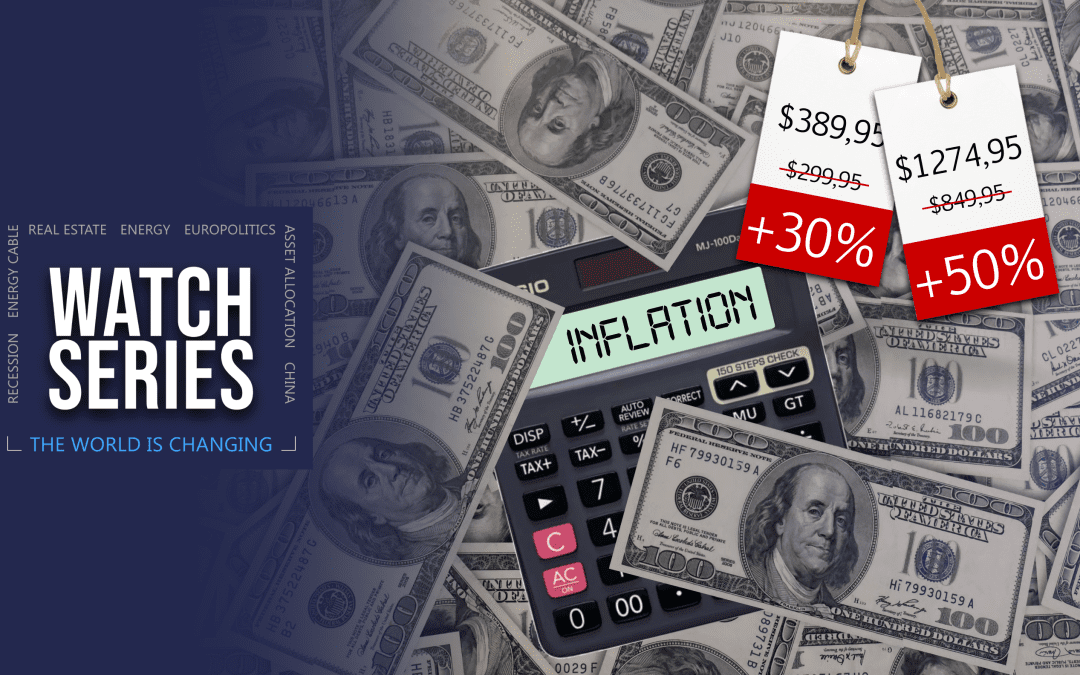

The debate on whether this is a Burns or a Volcker-like scenario rages on, but re-inflationary forward-looking indicators are increasingly coming to light. This is particularly evident in countries that have already cut interest rates.

With Trump looking as a sure-fire bet to take the Republican nomination, how is the voter demographics poised for the eventual Biden-Trump rematch?

The Red Sea Crisis has enormous effect on global markets and threatens to cause a second inflation wave. But the real question is – when will it end? Here’s our prognosis of possible solutions
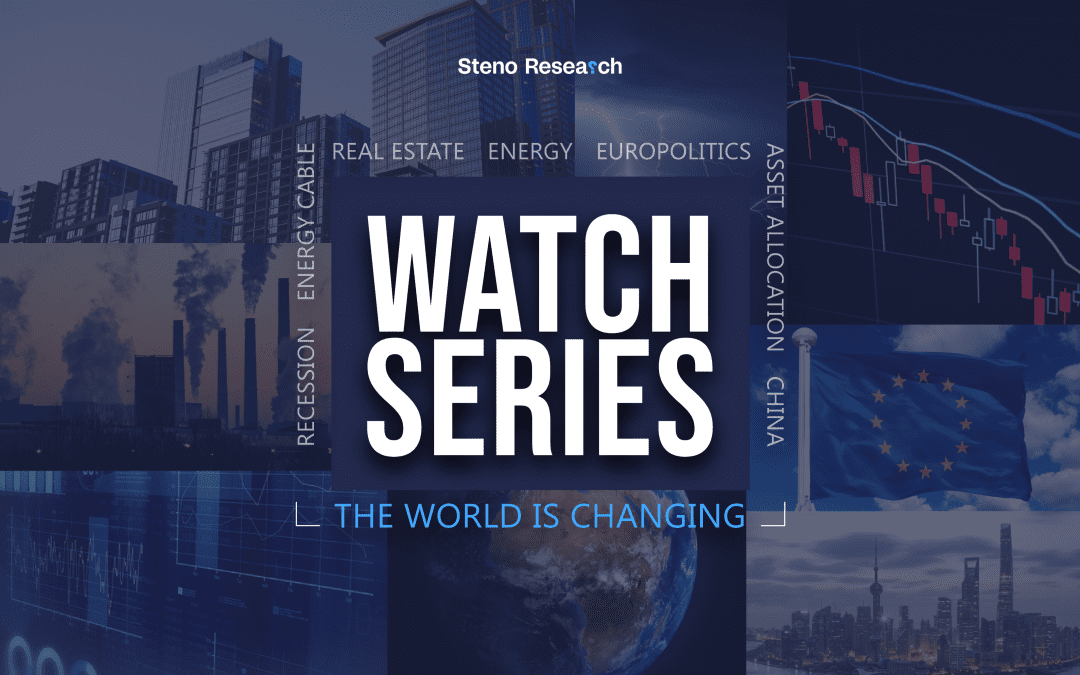



Iowa only matters for DeSantis, New Hampshire is crucial for Haley, and South Carolina is important for everyone.
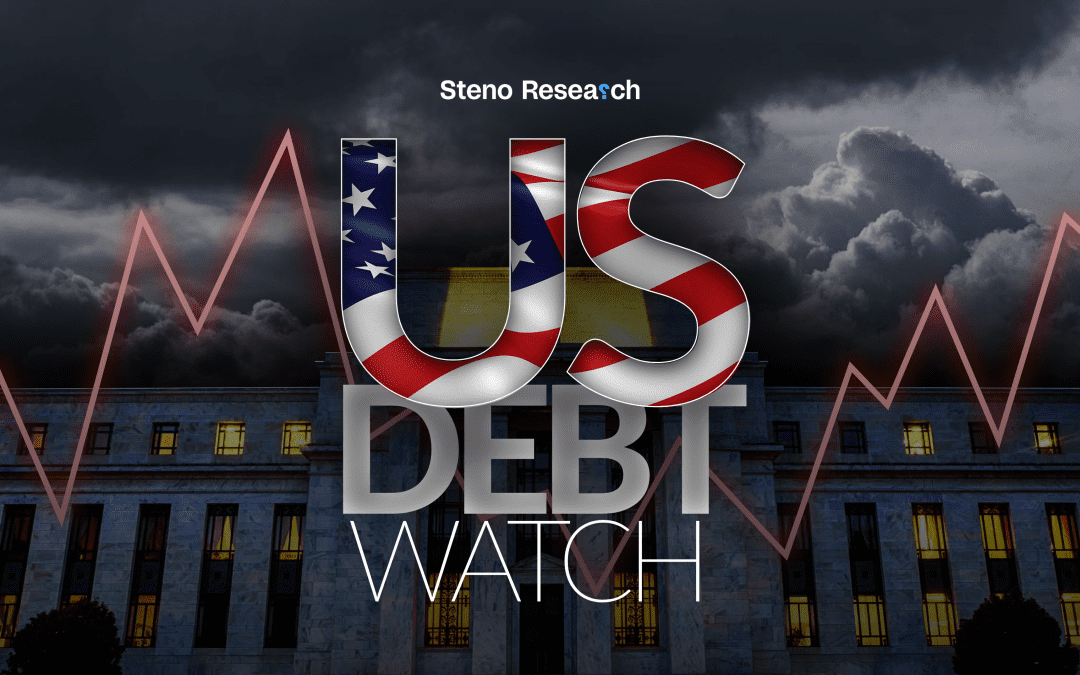


The U.S federal government is ringing in the new year with a 1% cut to all non-discretionary spending – a consequence of a little-known provision in the June debt ceiling agreement.




The upcoming Taiwan election is just one chapter in the larger narrative of US-Sino relations, which is poised to return to the forefront of financial markets in the 2024 US election year. Will Taipei further contribute to the rising tension?





Three potential geopolitical events that every investor should watch in January!




The COP28 nuclear treaty is the latest chapter in the story about the U.S.-China weapons race in clean tech.






The USD inflation is so far the only major inflation print in November to print slightly on the upside of expectations. This underpins our data-backed view of USD-flation diverging from global-flation.





We are edging closer to a truce in Gaza – but what does that tell us about Israel’s position and the future of the Middle East?
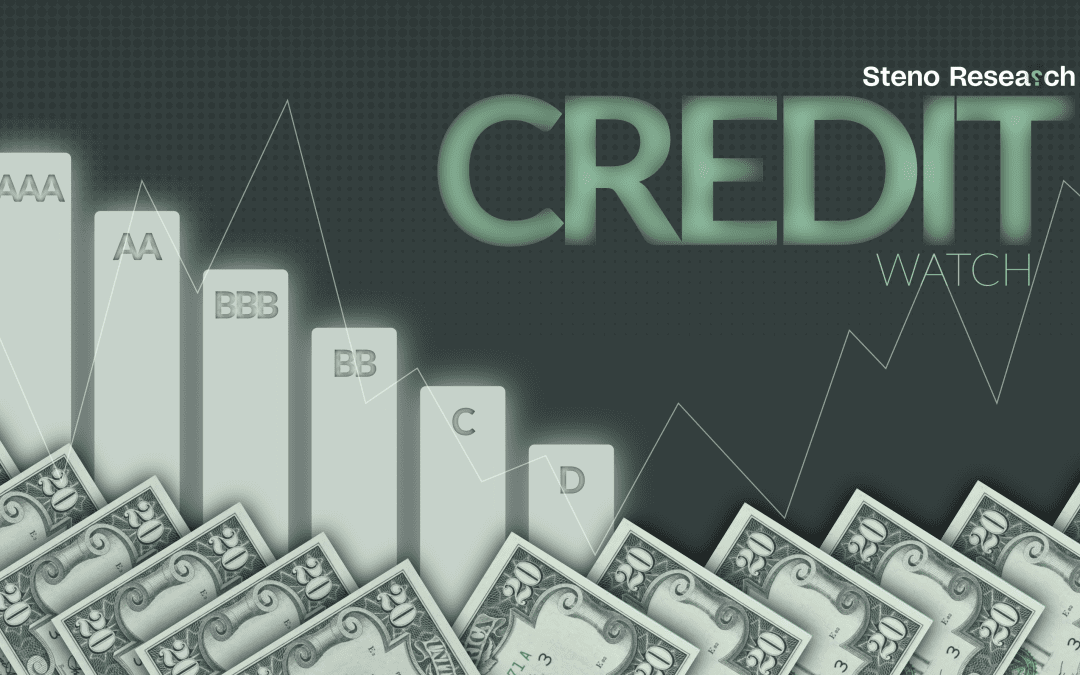

As SLOOS-alike reports have come in for both EU and Japan, we have a look at the differences in credit surveys across the Atlantic, and which credit spreads to look out for in the time to come




Treasuries have tumbled as 10- and 30-year yields touched their highest in 16 years. Meanwhile, the US Dollar keeps steaming ahead. Is now a golden opportunity for buying bonds or will supply surmount demand, and can the USD extend its streak of strength?


Recession models are mostly based on manufacturing, which currently rebounds leading to the conclusion that the recession risk recedes? But are actual recession risks rather on the rise?
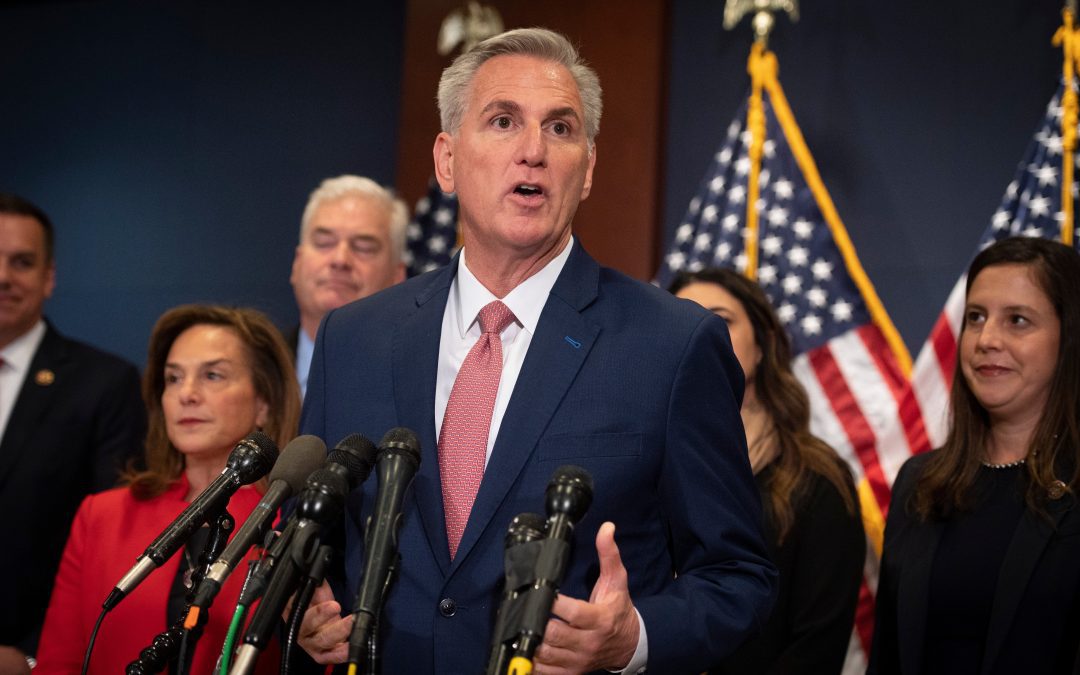

After a series of eventful days on Capitol Hill, we present our key takeaways below. We remain committed to covering and sharing our perspective as the situation continues to evolve.





Congress reached a settlement and postponed the government shutdown – but where does this leave the Republicans, who seemingly blinked first?






Ultimately markets got the memo from the Fed. The rate hikes are not necessarily over, but they will not promise anything at this stage. USD bullish (again).



The intricacies of the US labor market make it challenging to derive coherent insights. To shed some light on our perspective, here are three charts that aid in elucidating our view
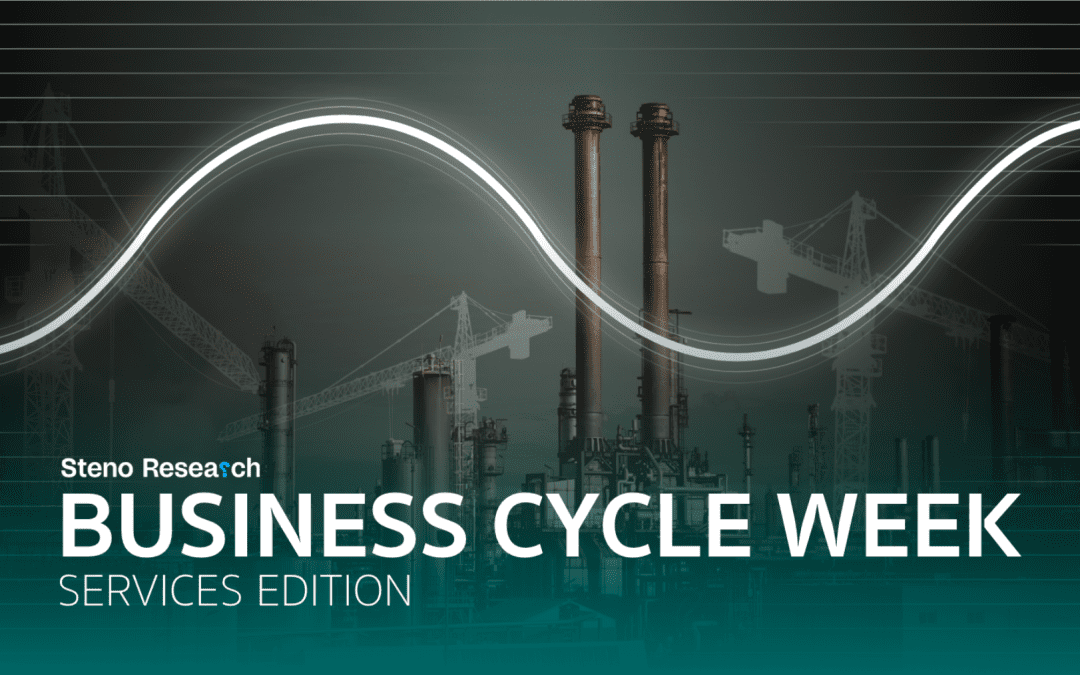

When input costs subside for Manufacturers but not for Service companies, the overall economic momentum moves in favour of the Manufacturers. This is most likely the juncture we are at.



US housing keeps up for now despite sky-high rates. But are the rates just a nothing burger here?



Pheew… close call! The bipartisan debt ceiling bill saved the U.S from economic disarray. Now we can all take a well-deserved summer holiday and bask in the sunshine of the long-term financial stability ensured by responsible lawmakers who have no interest in short-term solutions nor gains. But no – not so fast! We still have a looming government shutdown to attend to.
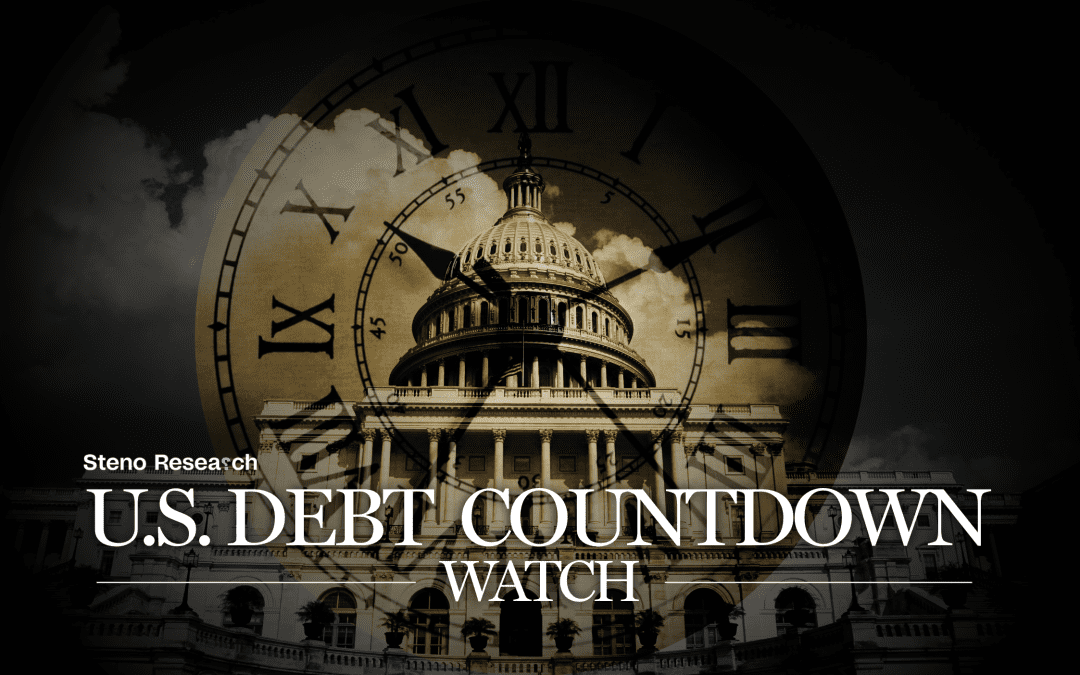

Does Biden and McCarthy have the necessary votes to suspend the debt ceiling and save the U.S from default?




As the markets evolve, we adapt accordingly. Although the reopening of China’s economy is still ongoing, the optimism surrounding it is gradually diminishing. Simultaneously, the worsening economic data from Western countries indicate a significant slowdown. With the once-promising light at the end of the tunnel slowly fading away so do the flows. In this short piece we reveal our new position
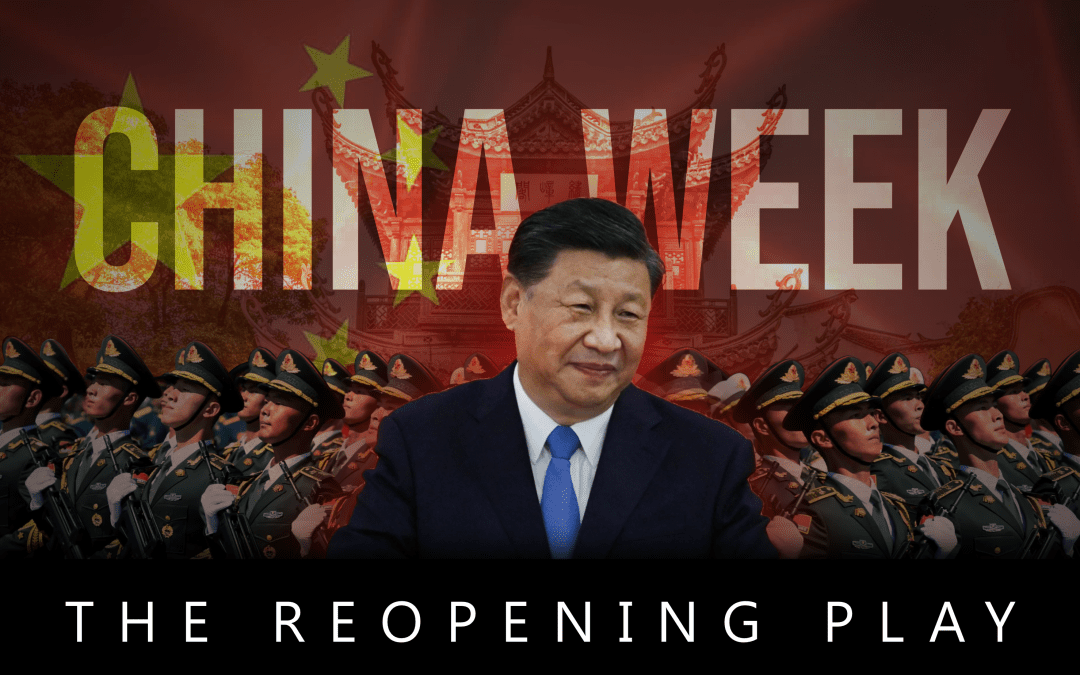

The China play has thus far not been profitable but I refuse to back down on my underlining analysis- Yet some reconsiderations are in order and it might be the start of a larger reevaluation. But for now the course of the ship is intact




In recent weeks, social media and leading financial media have been flooded with sensational articles about the dollar’s demise. In this piece, I will provide an analysis of the actual immediate obstacles facing the American dollar where USD hegemony is being undermined. Given the current US debt ceiling theater, one can scarcely think of a better point of reference than the debt default champion of the Western hemisphere: Argentina






After a job claims report that was only slightly weaker than the consensus yesterday, our focus now shifts to the upcoming release of the PMI reports toda






The market is convincing itself that the hiking cycle is over in the US, but will anyone care about inflation today? Long gone are the calls for higher(er) for longer(er) and the curve is steepening fast.
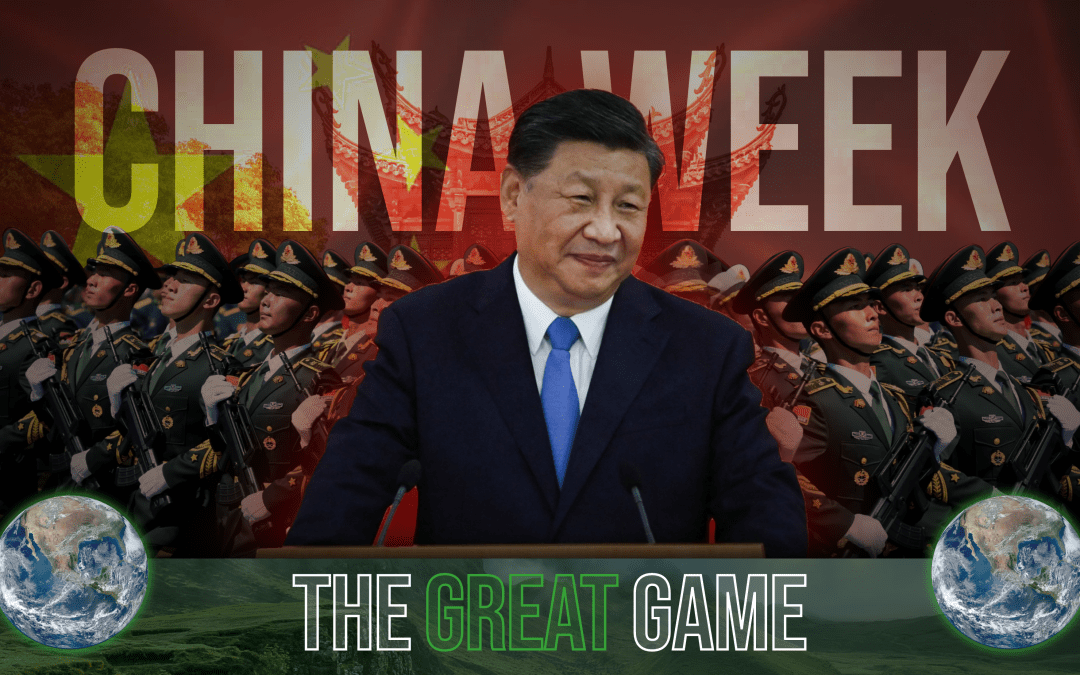

For years, the US have struggled to find their footing vis-a-vis the new Chinese threat. We have seen countless attempts at “strategic pivots” and contructive meetings, but it’s no wonder if the Chinese are left with a feeling of confusion. What do the US actually want? What will be the next steps in Bidens “de-coupling” from China?






Will the new BoJ governor rock the boat? Quotes from a source close to Amamiya would suggest as much, while we look forward to the US CPI report today.


We now officially have POSITIVE real Fed Funds rates in the US, while we remain on inflation watch in Spain on Monday. European inflation is falling apart as well.


Who would have thought that a single Danish alt-right incel burning a book in Stockholm would have geopolitical consequences? Well, that is 2023 for you!